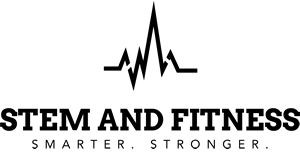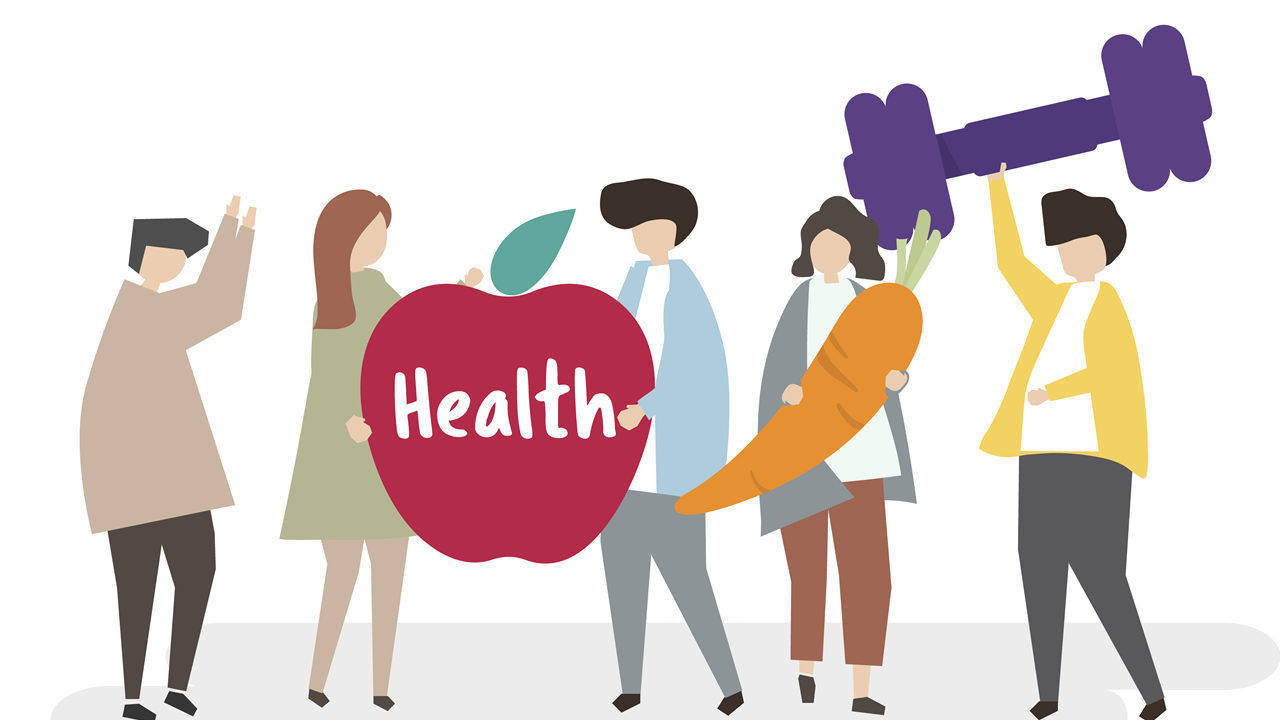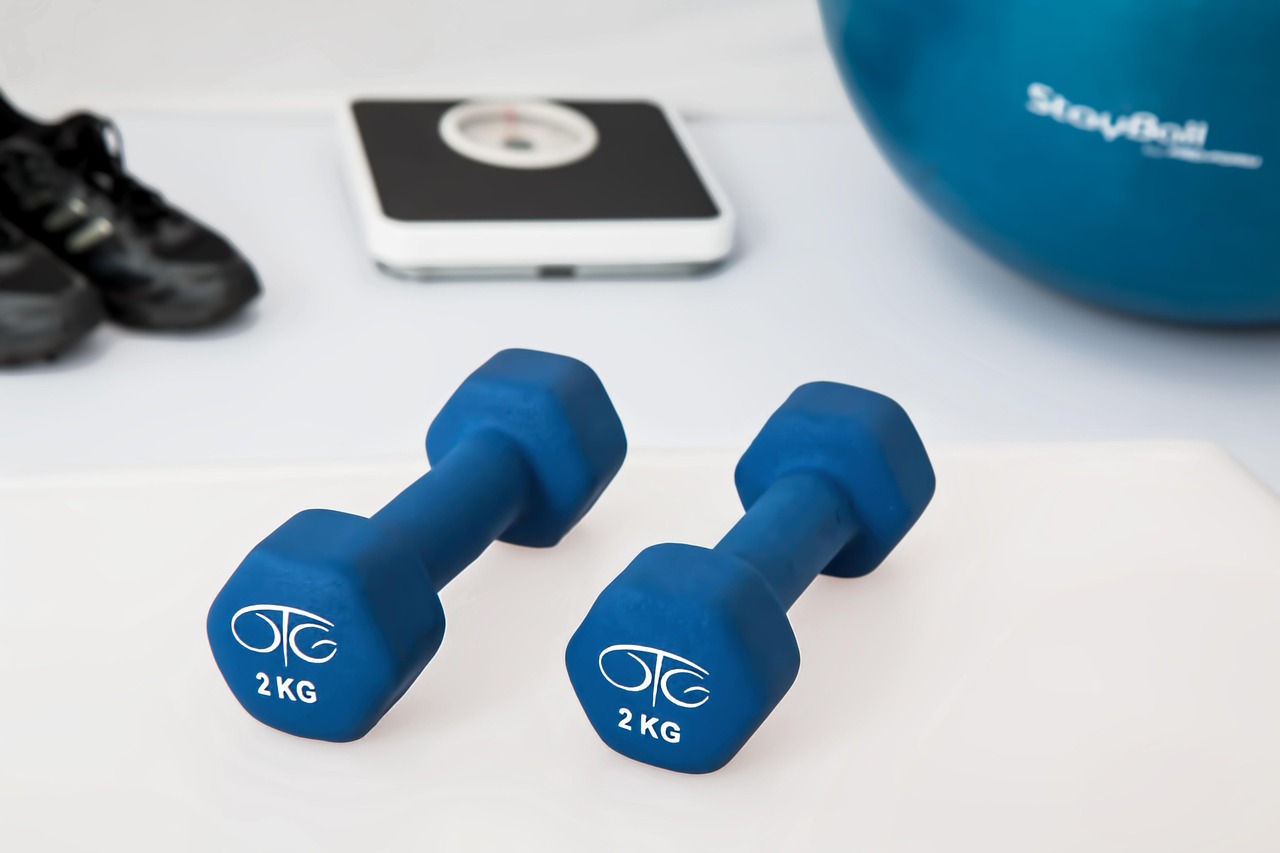Prompt Writing
I believe in using the latest tools to empower educators and learners. One of the most game-changing tools today is AI—but to use it effectively, you need one key skill: prompt writing.
Clear and intentional AI prompts can transform your workflow. This guide shows how to write effective prompts that make AI your ally in the learning process.
Why Prompt Writing Matters
Think of an AI prompt as instructions for a smart assistant. The clearer your instructions, the better the results.
Vague prompts often lead to irrelevant or confusing responses. But well-crafted prompts can help you.
By mastering prompt writing, you can save time, stay creative, and amplify results.
Top 5 AI Prompt Structures
Here are five proven prompt structures to help you get started.
1. Role – Task – Format (RTF): Be Direct and Clear
This structure tells AI who to act as, what to do, and how to deliver the result.
For Teachers:
👉 Act as a 7th-grade science teacher. Create a five-question multiple-choice quiz on nutrition and body systems. Include answer keys.
For Students:
👉 Act as a fitness instructor. Explain the benefits of stretching after a workout to a 6th-grade audience in a short paragraph.
🔹 Tip: Be specific with roles and formats to get useful, classroom-ready results.
2. Task – Action – Goal (TAG): Stay Purpose-Driven
This prompt structure helps you align your actions with your goals.
For Teachers:
👉 I’m planning a STEM lesson on renewable energy. Suggest three hands-on activities for 9th-grade students. My goal is to keep them engaged for a 45-minute session.
For Students:
👉 I’m creating a poster on healthy eating. List three key points to include. My goal is to make it informative and eye-catching.
🔹 Tip: Clearly state your end goal to keep AI’s responses focused and aligned.
3. Role – Input – Steps – Expectations (RISE): Get Step-by-Step Support
Use this format for detailed plans, projects, or curriculum support.
For Teachers:
👉 Act as a STEM curriculum designer. I’m teaching 8th-grade students about muscles and movement. Provide a lesson plan with learning goals, activities, and a quick assessment.
For Students:
👉 Act as a writing coach. I’m drafting an essay titled “How Exercise Improves Mental Health.” Give me a 3-step outline and a clear structure I can follow.
🔹 Tip: Outline the number of steps and the expected format for clean, actionable output.
4. Before – After – Bridge (BAB): Solve Learning Challenges
This structure is great for using AI to bridge learning gaps or improve understanding.
For Teachers:
👉 Before: Students struggle to grasp Newton’s laws. After: I want them to explain all three with confidence. Bridge: Suggest a hands-on activity that makes the laws memorable.
For Students:
👉 Before: I find it hard to stay consistent with fitness goals. After: I want a routine I can stick to. Bridge: Recommend three tips to build discipline in fitness.
🔹 Tip: Clearly define the problem and desired outcome to help AI propose the best solution.
5. Content – Action – Result – Example (CARE): Build Strong, Creative Content
Use this prompt when you want content and a working example from AI.
For Teachers:
👉 Provide content on the water cycle. Design a group activity for 5th-grade STEM learners. The goal is to improve their understanding. Include a sample quiz to test comprehension.
For Students:
👉 I’m designing a presentation about healthy snacks. Suggest content, provide a catchy tagline, explain what the audience should learn, and show an example slide layout.
🔹 Tip: CARE is powerful when you’re looking to build educational materials or health-focused presentations.
Final Tip: Treat AI Like a Curious Learner
AI is smart but not psychic. Like students, it works best with clear instructions.
🧠 If a response misses the mark, refine your prompt.
📌 Example: If a fitness plan is too intense, say “Simplify for beginners aged 12–14.”
With consistent practice, you’ll learn how to guide AI like a pro – STEMandFitness.com.




